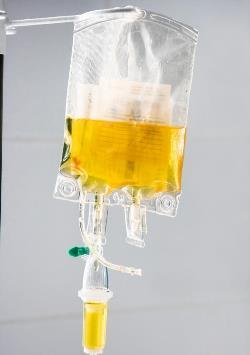Hospital medicine in general, and inpatient trauma care specifically, is now characterized by a series of handoffs. These occur between physicians, trainees, nurses, and a host of other trauma professionals. Many trauma centers have implemented a “morning report” type of handoff, which formalizes part of the process and frequently adds a teaching component.
The group at the University of Arkansas studied the impact of implementing a morning report process on length of stay and care planning. Prior to the study, residents handed off care post-call to other residents without attending surgeon involvement. The morning report process added the presence of the post-call surgeon, and the trauma and emergency general surgery attendings coming on duty. Advanced practice nurses collected information on care plan changes.
Here are the factoids:
- Problem: There is mention of a survey with 79% response rate detailing 219 trauma admissions during the 90 day study period. This is not explained anywhere else in the abstract, so it is not clear if the data presented represents all admissions.
- 69% of patients were admitted to a ward bed, and 31% to ICU
- Change to the care plan occurred during morning report in 20% of patients
- The most common care plan changes were: addition of a procedure in 45%, medication change in 34% (typically pain management)
- Mean hospital length of stay decreased from 10 to 6 days (!)
Bottom line: This small, prospective study quantifies a few of the benefits of a formal “morning report” process. The fact that just a little bit of trauma attending oversight decreased length of stay by a whopping 4 days suggests that the residents really needed the increased supervision. Discharge planning is a multidisciplinary activity, and should be a major part of the rounding routine as well.
Formalizing the handoff process is always a good thing. Yes, it takes time and planning, but as this and other studies have shown, it is well worth the effort!
Related posts:
- The EMS handoff: opportunity for improvement
- EMS handoff: comments
- EMS handoff: a solution
- Making the trauma team timeout even better!
Reference: Morning report decreases length of stay in trauma patients by changing care plans in 20% of patients. AAST 2016, Poster 124.



